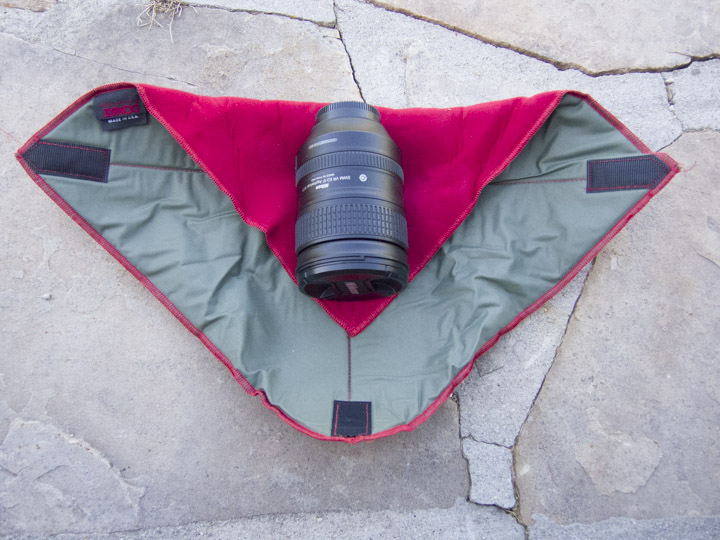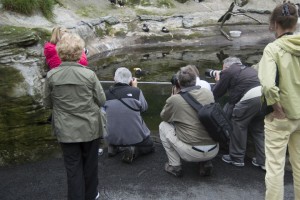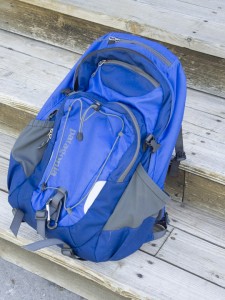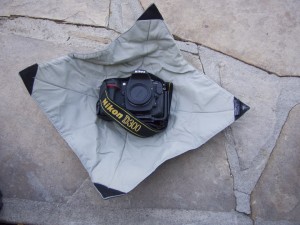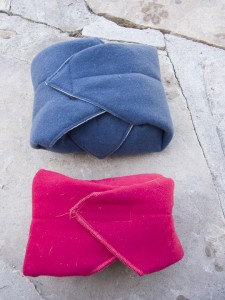I was asked recently about how I carry my photography gear around when I travel so I thought I would share my strategies. Don’t expect anything to amazing- you’re more likely to be underwhelmed than overwhelmed.
The first thing you have to understand about my small but perfectly formed brain is that I strongly believe that simpler is always better and less is always more. When in doubt leave it out. If you can’t decide bid it bye-bye. In all my professional traveling years I have never needed to take every lens I own, every filter, every accessory on a photography trip yet I see huge camera bags stuffed with every kind of gear imaginable whenever I travel.
I know what you are thinking- if you have the space why not bring it? Because all that stuff is more often a hinderance than a help both physically and creatively. I have seen more than my share of creatively paralyzed people with a bag full of gear. All they seem to do is sort through their stuff looking for a lens, or filter or gizmo they probably don’t need. And if you bring less stuff you won’t have to carry it all around all day. Want to stop early and miss the good shots? Carry a 30lb. or 40lb. camera backpack around for awhile. Nothing makes you miss shots like a sore back and tired legs.
With all this in mind my kit is very simple- probably too simple for many of you- but plenty good enough for me. Remember, this is the camera gear that I have used to photograph for three books- my farm book, the lobstering life book and one on the Maine coast. Ask yourself- are you photographing things far different than I am? If not, then why are you carrying so much stuff?
The Gear
I bring: Nikon D4 camera body, Nikon 16-35mm and Nikon 24-120mm lenses, a polarizer that fits both lenses, lens hood for each lens and a small case for memory cards. All of this, by the way, fits into a medium LowePro slingshot over the shoulder camera bag. This is my ready to go, always loaded camera bag I keep at home. I don’t usually take the bag when I travel (I use a regular backpack) but I do take a medium sized soft-sided fanny pack in case I need extra carrying space.
If I know I will be shooting lots of flowers I may also bring my tilt lens or my 200mm macro lens. If I know I will be shooting wildlife I will bring a long lens, either my 300 f4 or my 200-400mm. If I want a little more length I will sometimes throw in my 80-200. I can’t remember when I brought both my macro lens and a long telephoto lens.
I will also bring a small bag for battery charger, cords, card reader, dust pen, cleaning cloth. And let’s not forget my tripod and tripod head.
I carry all of this in a regular sized backpack- the kind used for day hikes or that students use to carry books. Nothing photo-related about it- it is just a normal backpack (25 liters in volume, I think). It is well under the airline carry-on maximum and it is very comfortable to carry around. Also, because it is just another backpack it is inconspicuous and easily overlooked. Exactly what I want! And it is simple in design. All the photo backpacks I have ever seen are so complicated and over designed that they are almost laughable. I have two of these regular backpacks (for no good reason), one made by Northface and one by Patagonia And I have three photo-backpacks that I haven’t used in at least 5 years.
Packing the Gear
A raincoat and the fanny pack usually go into the bottom of the backpack first. This gives the bag a little padding for the very bottom. I then take my camera body and the two lenses, individually wrapped in colorful lens cloths (padded squares with velcro corners that easily wrap around all kinds of gear) and put them in on the next layer. The wraps that I use are made by Domke and Tenba. Get ones that are at least 12″ square to give you enough room to wrap.
My binos go in next (I never go anywhere without my binos!), also wrapped, followed by the two bag of cords, cards, charger, readers, filters, etc. This takes up about 8 inches of my bag. The top of the bag is reserved for reading books and papers, toiletries, computer cords, snacks, hat sunglasses and odds and ends.
In other words, everything I can’t live without goes into my pack and I keep it with me at all times when I travel. I put anything that I can live without- tripod, tripod head, more books, random information, extra batteries in my duffle bag. My laptop slides into the back of my backpack, my tickets slide into the front and I am good to go anywhere!
If I am bringing an extra lens that also goes into the top of my bag and I’ll carry a small cloth briefcase if I have to for what now doesn’t quite fit. When I get to where I am taking pictures I take the unnecessary stuff (toiletries, books, etc) out of my backpack and leave them behind, unwrap my camera and mount a lens, take the other lens and put it into my fanny pack along with my polarizer, make sure my binos are warmed up and I’m ready!
You have probably noticed that with this system I have violated two long held photography rules- always bring a back-up and don’t leave any gaps in your coverage (lens gaps, not any other kinds of gaps!). I did bring a little, cheap 35-70 Nikon lens with me to Uganda (never used it) but that is unusual for me. My Nikon gear is so sturdy and reliable that I have never needed a backup. I’ll bring my little Nikon P7800 camera if I am feeling stressed about another camera body but that is it. And I seldom seem to shoot these days in the 120-200mm range. I would rather walk a few steps closer and use a shorter lens.
The most important reason for keeping my gear small and simple is that it gives me the freedom to go anywhere and always have my gear with me. I don’t have to put my bag down anywhere, the bag isn’t very heavy so it is easy to carry around and because these backpacks are ubiquitous I don’t stand out and am left alone. This is increasingly a bigger and bigger deal as I go to places that are more and more off the beaten track.
Simple is the new rule- one camera body, two lenses, one filter, the accessories and my binos. That’s it!

